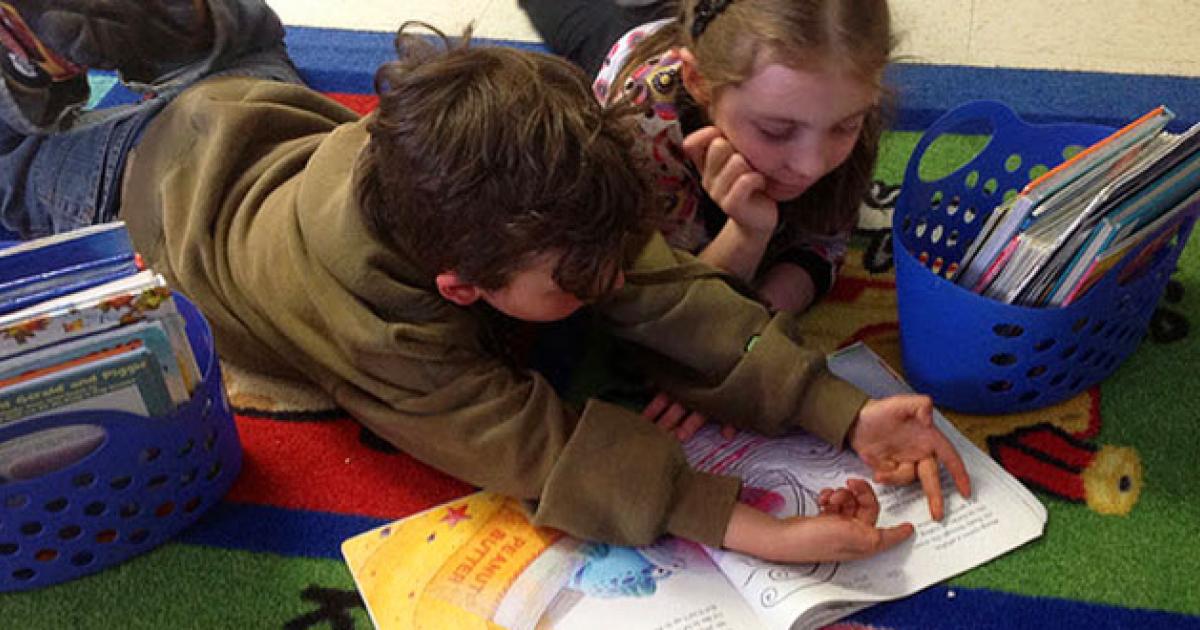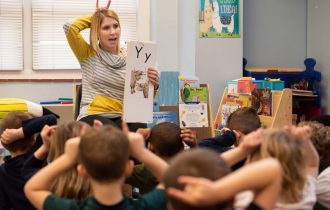Assessing Cultural Literacy: Tools and Approaches

Introduction
Assessing cultural literacy is essential to gauge students’ understanding of diverse cultures and their ability to navigate a multicultural world. As an editor of an English education website, it is crucial to explore effective tools and approaches for educators to assess cultural literacy in their classrooms. This article aims to provide educators with practical strategies, incorporating existing technology and real-life examples, to evaluate students’ cultural knowledge and competence.
I. Understanding the Importance of Assessing Cultural Literacy
Assessing cultural literacy allows educators to determine students’ level of cultural understanding and identify areas for improvement. It helps ensure that cultural diversity is effectively incorporated into the curriculum and that students develop the skills necessary for meaningful engagement in a globalized society.
II. Formative Assessment Strategies for Cultural Literacy
- Culture-Focused Assignments Assign projects that require students to explore and analyze different cultures. For example, students can research and present on a specific cultural aspect, such as festivals, traditions, or historical events. This allows educators to assess students’ research skills, cultural knowledge, and ability to present information accurately.
- Reflective Journals or Blogs Encourage students to maintain reflective journals or blogs throughout cultural literacy units. These platforms provide students with an opportunity to articulate their thoughts, experiences, and insights about diverse cultures. Educators can assess students’ critical thinking, self-reflection, and cultural awareness through these written reflections.
III. Technology-Enhanced Assessment Tools for Cultural Literacy
- Online Quizzes and Assessments Utilize online platforms and tools to create cultural literacy quizzes. These quizzes can cover various cultural aspects, including customs, traditions, geography, and historical events. Platforms such as Kahoot! and Quizizz allow educators to gamify the assessment process, making it engaging and interactive for students.
- Digital Portfolios Digital portfolios provide students with a platform to showcase their understanding of different cultures. Students can compile artifacts, reflections, and projects related to cultural literacy. Educators can assess these portfolios to gain insights into students’ cultural knowledge, critical thinking skills, and ability to make connections across cultures.
IV. Performance-Based Assessment Approaches
- Role-Plays and Simulations Engage students in role-plays and simulations that require them to navigate cross-cultural interactions. For example, students can enact scenarios where they must negotiate cultural differences in a business setting or resolve conflicts in a diverse community. Educators can assess students’ ability to apply cultural knowledge, adapt communication styles, and demonstrate cultural sensitivity.
- Oral Presentations and Debates Assign oral presentations or debates that revolve around cultural topics. This assessment approach allows students to showcase their understanding of cultural diversity, articulate their thoughts, and engage in critical discussions. Educators can evaluate students’ ability to communicate effectively, analyze cultural perspectives, and present arguments coherently.
V. Real-Life Examples of Effective Cultural Literacy Assessment
- The Global Competence Certificate (GCC) The GCC, developed by the Asia Society, assesses students’ global competence, which includes cultural literacy. This program employs performance-based assessments, such as project presentations and collaborative problem-solving tasks, to evaluate students’ cultural understanding and their ability to navigate intercultural situations.
- Intercultural Development Inventory (IDI) The IDI is a widely used assessment tool that measures individuals’ intercultural competence. It provides insights into one’s cultural sensitivity, ability to adapt to different cultural contexts, and capacity for engaging in intercultural dialogue. The IDI can be used in educational settings to assess students’ progress in developing cultural literacy.
Conclusion
Assessing cultural literacy is crucial to ensure that students acquire the necessary skills and knowledge to thrive in an increasingly diverse world. By incorporating formative assessment strategies, utilizing technology-enhanced assessment tools, and implementing performance-based assessment approaches, educators can effectively evaluate students’ cultural literacy. As Mahatma Gandhi once said, “No culture can live if it attempts to be exclusive.” Let us assess and nurture cultural literacy in our students, fostering their understanding, empathy, and appreciation for diverse cultures.


